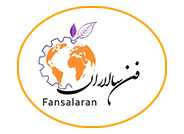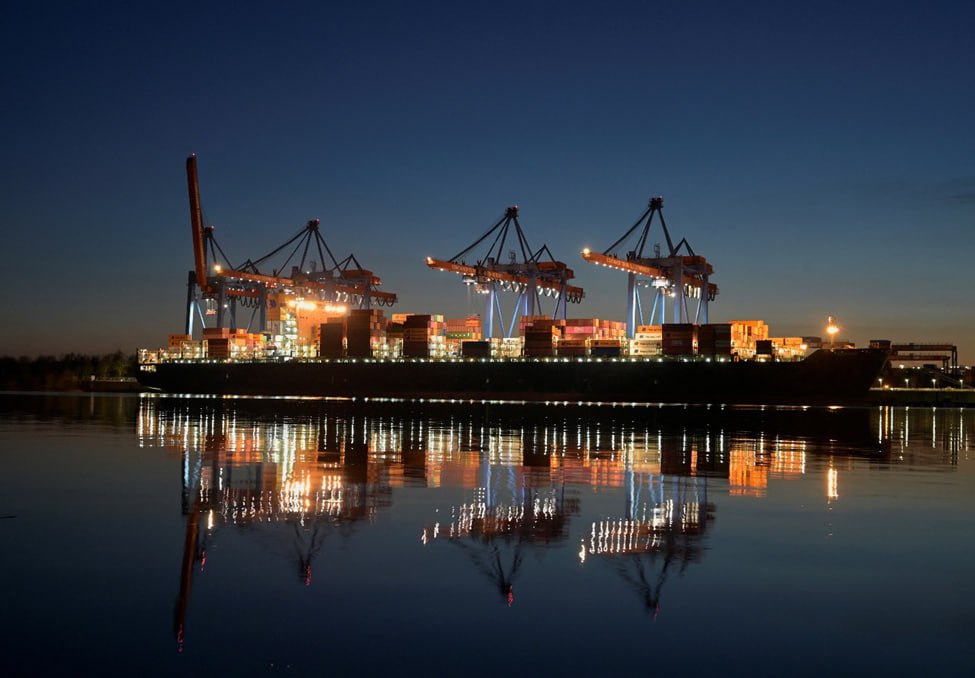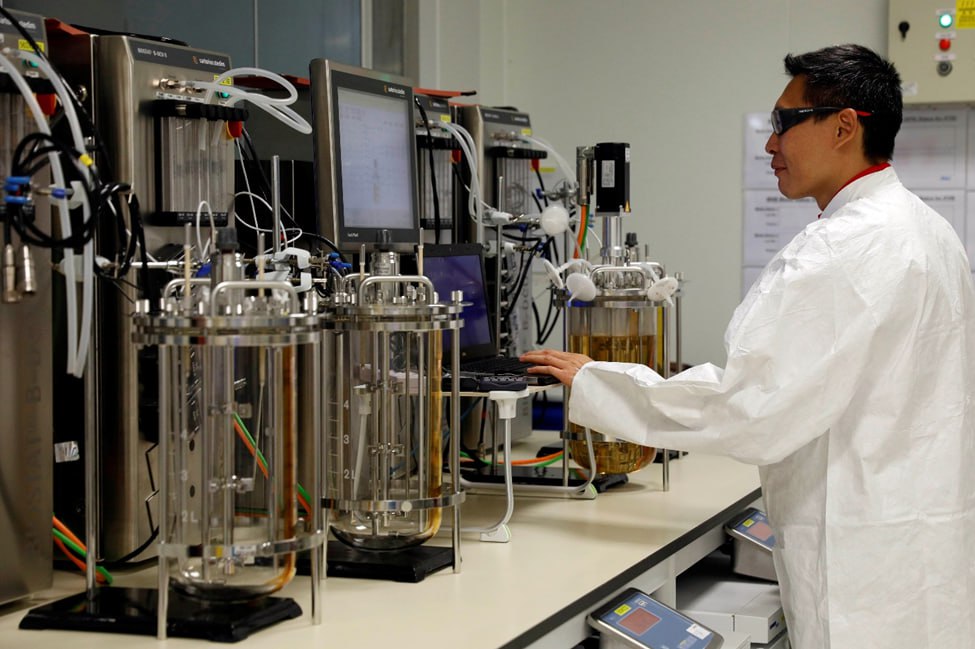The European Union and Japan expressed confidence on Friday that they had secured limits on U.S. tariffs on pharmaceuticals, which President Donald Trump said he would impose next week at a rate of 100%.
The European Commission referred to a joint statement agreed with the U.S. following its end-July trade deal, which states that the tariff for pharmaceuticals, semiconductors and lumber would not exceed 15%.
“This clear all-inclusive 15% tariff ceiling for EU exports represents an insurance policy that no higher tariffs will emerge for European economic operators,” a Commission spokesperson said.
CAUTIOUS OPTIMISM THAT CAP WILL APPLY
European Trade Commissioner Maros Sefcovic, speaking in Hanoi, said he expected the commitment to be respected, noting that Washington had followed through in lowering car tariffs.
Japan also referred to its joint statement with Washington, which said that U.S. tariff rates on Japanese semiconductors and pharmaceuticals would not exceed those applied to others such as the EU.
A lobbyist for a major drugmaker with large European exports to the United States said Trump’s threat of 100% tariffs on branded drug imports was worrying, but the industry hoped the 15% rate agreed under the U.S.-EU trade deal would apply.
“Nothing is clear yet but we hope the EU-U.S. deal stands,” the lobbyist said.
The EU’s pharma lobby group, EFPIA, said it was working on the assumption that the EU-U.S. deal applied and that it was still pushing on exemptions for medicines.
Europe and the U.S. have tightly linked medicine supply chains, with Ireland, Switzerland and Germany among top exporters.
EU medicinal and pharmaceutical exports to the United States totalled 119.7 billion euros ($134.0 billion) in 2024, according to EU statistics agency Eurostat, some 37% worth from Ireland.
In a post on Truth Social on Thursday, Trump announced a fresh round of tariffs that also covered trucks at 25% and furniture at 30-50%.
Trump said the pharmaceutical tariff of 100% would apply to branded or patented drugs unless a given pharmaceutical company was building a manufacturing plant in the United States.






